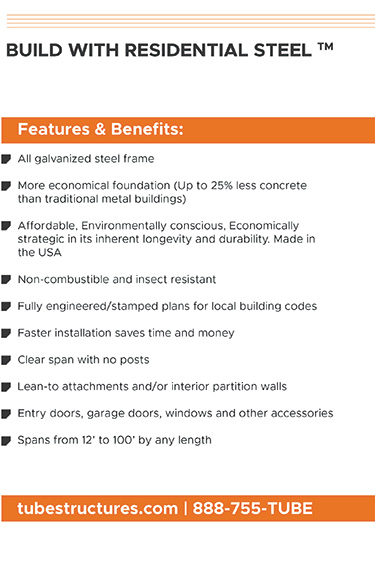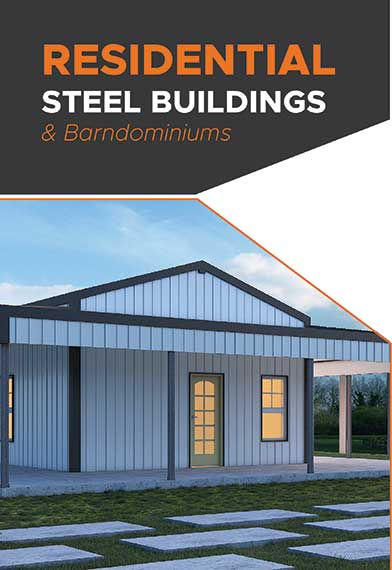Metal roofing will increase in 2020, MRA predicts
- September 29, 2020
- Posted by: Alan Hageman
- Category: News

The Metal Roofing Alliance (MRA) released its outlook for 2020 for the residential metal roofing industry in U.S. and Canada. In it, MRA predicted the metal roofing business will slightly increase in 2020, and based the assumption on Dodge Data and Analytics’ market share data, which stated the 2018 U.S. metal reroofing residential sector was 13% of the overall total (up from 11% in 2017), making it the second most preferred roofing material.
Renee Ramey, executive director at MRA, said, “While it’s impossible to say exactly what this year may hold, based on what we’ve seen and the latest economic conditions, we are confident that residential metal roofing will continue to experience strong demand and gain in popularity as U.S. and Canadian homeowners become even more familiar with its many benefits.”
At the regional level, the U.S. Southern and Midwest regions are driving the most interest in metal roofing. MRA received the most consumer inquiries and interest from states including Alabama, Kentucky, Mississippi, Tennessee, and Iowa, Kansas, Minnesota, Missouri, Nebraska and North and South Dakota. Interest in metal roofing continued to increase in Florida and Texas, two states that experienced extreme weather events and subsequent repair and remodeling activity in 2019.
Top reasons homeowners gave for wanting a metal roof included the need for greater protection and reliability in extreme weather and climate conditions, and longevity. According to MRA consumer research studies, homeowners increasingly appreciate the wide variety of styles and color options.
MRA predicted global events including wildfires in Australia might have a spillover effect among homeowners in the U.S. and Canadian provinces that are particularly susceptible to those hazards.
Philippe LaPlante, of Ideal Roofing Co. in Ottawa, Ontario Canada, an MRA member, said, “Durability is the biggest reason why so many homeowners are turning to metal roofing in Canada. Customers are looking for a long-term roof with less work and headaches as possible, something they can protect their house and family with by putting on just once, and having that security last for 40 to 50 years or more.”
MRA predicted heightened environmental concerns might increase interest in metal roofing, as residential solar systems and net zero homes are becoming more common, and long term benefits of metal roofs can include lower energy use, reduced carbon footprint of a house and recyclability of the roofing material.
However, MRA reported lingering misconceptions and issues remain somewhat of a barrier to residential metal roofing’s growth. Due to a shortage of qualified, experienced installers in some regions, homeowner demand is outpacing supply.
For 2020, MRA’s top priority will include confronting those issues by increasing homeowner education and access to accurate, up-to-date information, generating awareness of the many benefits of quality metal roofing and emphasizing the quality standards set forth by MRA’s manufacturer, contractor and ancillary members.
“MRA members represent the best in the business and it is through their efforts, their level of professionalism and commitment to support the overall industry that the entire market benefits,” Ramey said. “That’s why we’ve continued to see metal roofing continue to gain share and more homeowners choose a quality metal roof to help protect their home. Thanks to this dedication to the industry’s collective success, the future is bright for the metal roofing business”


